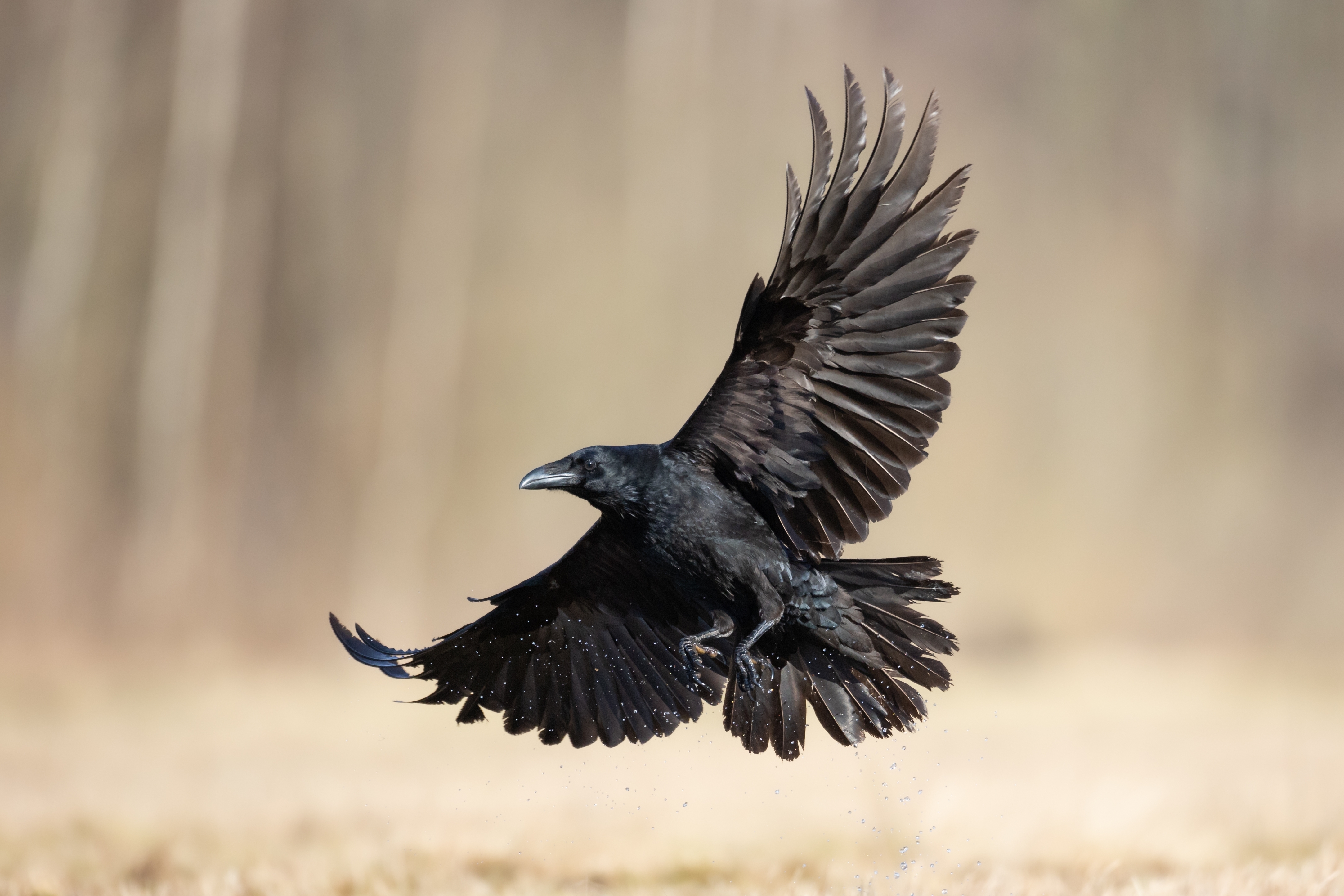Animal smarts can be pretty impressive. From the frankly terrifying hunting strategies of orcas, to cats clever enough to solve cognitive puzzles, and even fish able to count, the creatures of planet Earth can surely give some humans a run for their money. But which species has the biggest brain – and is a big brain related to a high IQ?
The undisputed winner of the biggest brain of any animal species is the sperm whale (Physeter macrocephalus), with a brain weighing up to around 9 kilograms (20 pounds). Having such a big brain doesn’t necessarily come with a high level of intelligence, though a 2021 study did find that in the early days of whale hunting, the success rate of whale harpooning dropped by almost 60 percent.
This suggests that perhaps either the whales were learning how to avoid the hunters, or that they were able to pass information across to their friends, crediting them more communication skills and intelligence than was first thought.
We should also consider the makeup of the brain itself. The cerebellum is a structure responsible for movement, balance, tracking, and some memory. In a sperm whale, the cerebellum makes up around 7 percent of the total brain mass, whereas for a killer whale, it’s around double, at 14 percent. For a human, the cerebellum makes up around 10 percent of the total mass of the average human brain, which weighs roughly 1.4 kilograms (3 pounds).
The total body size of the animal should also be considered when thinking of the biggest brain. A tiny ant takes the top spot with the largest brain-to-body size ratio; a 2009 study revealed that the brain of the ant genus Brachymyrmex makes up 12 percent of its 0.049 milligrams total body mass.
This fits in with something called Haller’s Rule: the larger the animal is in total size, the smaller the brain-to-body ratio will be. “Because brain size scales relative to body size, the smallest animals have relatively the largest brains,” Wulfila Gronenberg, a professor of neurobiology at the University of Arizona, told Live Science.
A dataset of 1,400 mammal species (including some fossils) compared their brain and body sizes and revealed some surprising results. The research found that the California sea lion, though famous for the tricks it can perform, has a small brain compared to body mass. Humans and dolphins, on the other hand, have smaller bodies but large brains in comparison. In gorillas and orangutans, despite their comparable size to humans, their brains are around one-third of the size.
Then there’s the interesting phenomenon of domestication syndrome, where domesticated species have smaller brain sizes than their wild counterparts. Bullfighting breeds of cows, for example, had brains nearly as large as those of the wild cattle extinct cattle species, aurochs (Bos primigenius); beef and dairy cattle that had regular interactions with humans have the smallest brains.
As for land dwellers, elephants have the largest brains of all terrestrial mammals and exhibit high levels of social and emotional intelligence and memory. Let’s not forget the birds either; corvids are notoriously clever. A study by researchers at Lund University suggests that ravens are just as clever as chimpanzees despite the difference in brain size. “Absolute brain size is not the whole story. We found that corvid birds performed as well as great apes, despite having much smaller brains,” said study author Can Kabadayi in a statement.

Not such a bird brain after all?
Image credit: Marcin Perkowski/Shutterstock.com
Like with much of the animal world, there is just about every scope and size possible for animals and their brains, with multiple studies exploring the relationship between brain size and intelligence. Brain space may be taken up with visual processing power for flying, allocated to social relationships, or advanced cognitive skills. Regardless, the sperm whales come out on top, having the most grey matter of any species ever to exist.
Source Link: Which Species Has The Biggest Brain Of Any Animal Ever To Exist?